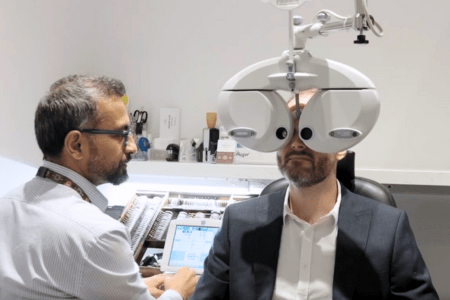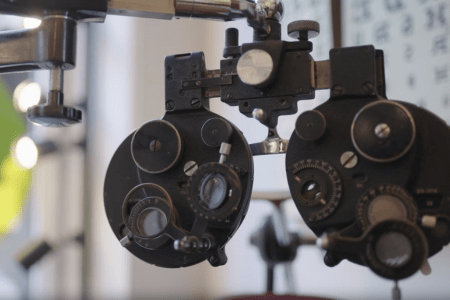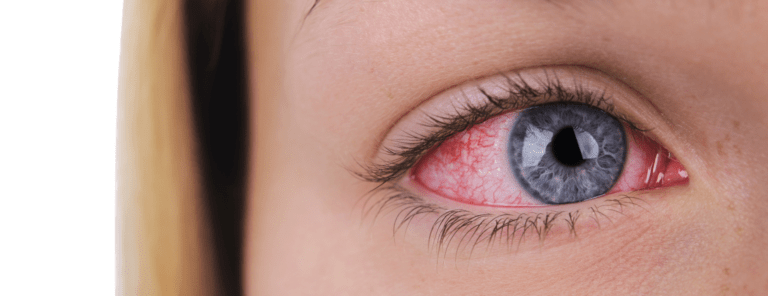
What can be done about glare when driving?
Driving is an activity that requires clear vision, quick reflexes, and a keen awareness of your surroundings. However, one factor that can often be overlooked but significantly affects driving safety is glare.
Glare from headlights, sunlight, or reflective surfaces can cause discomfort and reduce visibility, potentially leading to accidents on the road.
At Whitby and Co. Optician, we understand the importance of addressing glare-related issues for our patients. If you notice a sudden increase in glare while driving, it could be a sign of certain ocular conditions that need attention. Here’s what you need to know about glare and how to manage it effectively:
Understanding Glare:
Glare occurs when there is a significant contrast between bright and dark areas within your field of vision. This can cause discomfort, visual disturbances, and even temporary blindness, making it difficult to see clearly.
Common Causes of Glare:
- Oncoming headlights during night driving
- Sunlight reflecting off wet roads or shiny surfaces
- Glare from snow or ice
- Reflections from other vehicles or buildings
Why Glare Matters:
Experiencing glare while driving not only compromises your comfort but also poses serious safety risks. Reduced visibility can make it harder to judge distances, identify obstacles, and react to unexpected hazards on the road. The Department for Transport (DfT) has launched a government investigation into headlight glare, spurred by a petition entitled ‘Review the brightness of car headlights for safety,’ with over 13,000 signatures. This petition referenced government data indicating approximately 300 collisions annually where dazzling headlights were a contributing factor. It also noted concerns raised by the RAC as early as 2018.
In response to the petition, the DfT acknowledged the many individuals who voiced worries about headlight glare, however noted that police collision statistics did not reveal any underlying road safety issue. To gather more evidence, they intend to commission independent research soon to pinpoint the root causes of driver glare and explore appropriate solutions.
In January 2024, the RAC called on the government to delve into this issue following their own investigation, which disclosed that 89% of drivers believed certain car headlights were too bright, with 85% believing the problem is worsening. Of the 2,000 drivers surveyed, 28% thought that most car headlights are too bright, marking a record high. Additionally, 74% reported being dazzled regularly while driving at night and 64% of respondents felt that headlights were ‘so bright they risk causing accidents’.
When to Seek Help:
If you notice a sudden increase in glare or experience persistent glare-related symptoms while driving, it’s essential to schedule a comprehensive eye examination. Certain ocular conditions, such as cataracts, corneal abnormalities, or uncorrected refractive errors, can exacerbate glare symptoms. Addressing these underlying issues is crucial for maintaining optimal visual performance and ensuring safe driving.
Managing Glare:
For individuals who require corrective lenses for driving, specialised anti-glare coatings can significantly reduce glare and improve visual clarity.
- Ensure that your windshield and headlights are clean and free from dirt, smudges, and debris. This can help reduce the scattering of light that contributes to glare.
- Adjust your rear-view and side mirrors properly to minimise glare from vehicles behind you.
- Try spectacle lenses with glare reduction properties such as the Nikon Seecoat Next Drive coating that features a glare reduction filter, or Hoya En Route and En Route Pro for glare reduction, improved contrast and colour perception. These lenses help minimise reflections on the lens surface, allowing more light to reach your eyes and enhancing contrast sensitivity.
- If struggling with glare during the day, like glare off a wet road surface when the sun shines- invest in a good pair of polarised sunglasses. We recommend Maui Jim’s for their specially designed bi-gradient polarised lens with a variety of tints for different conditions.
- If you already wear prescription glasses, it’s important to have them checked regularly for any signs of wear or damage to the anti-reflective coating. Scratches or deterioration of the coating can worsen glare symptoms and affect your ability to see clearly while driving.
Don’t let glare compromise your safety on the road.
If you’re experiencing persistent glare-related issues while driving, schedule an appointment with us for a comprehensive eye examination.
Our experienced optometrists can assess your vision and recommend tailored solutions, including specialised lenses with anti-glare coatings, to help you drive safely and comfortably.
Remember, prioritising your eye health is key to enjoying clear vision and peace of mind behind the wheel. Stay safe out there!
If you have any questions or concerns about glare and its impact on your vision, feel free to contact us or visit our practice for personalised advice and support. We’re here to help you see the road ahead with clarity and confidence.





